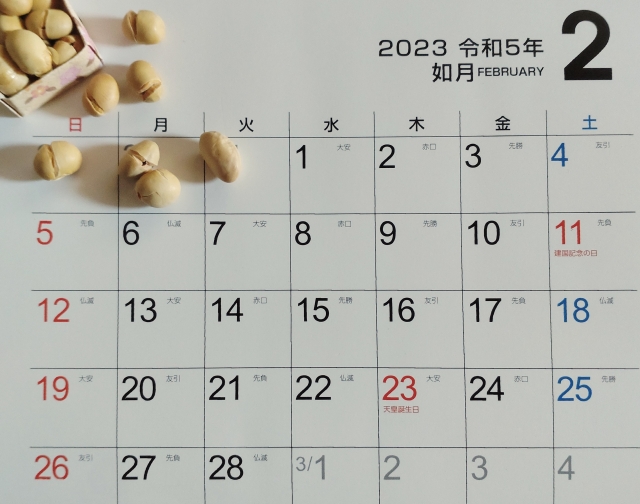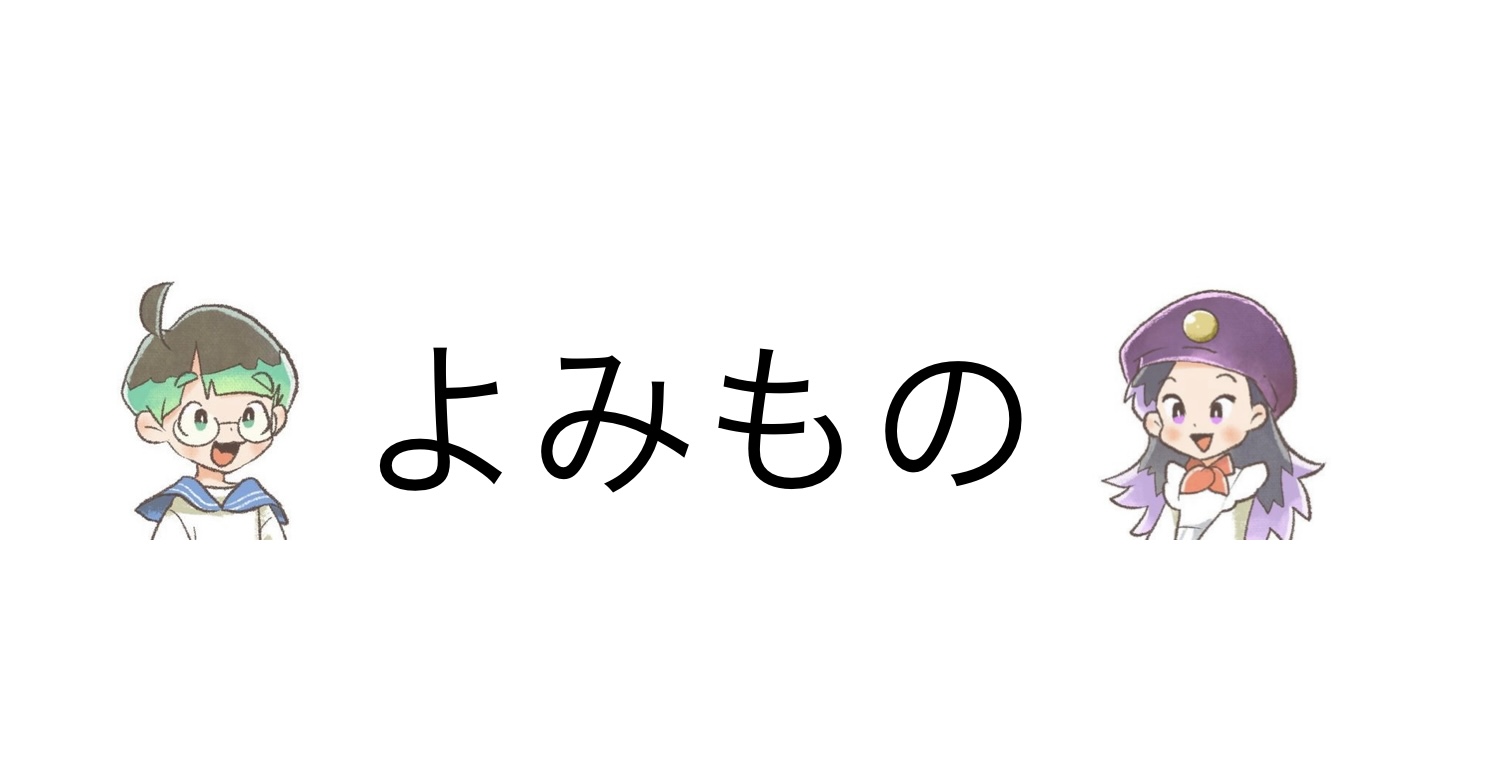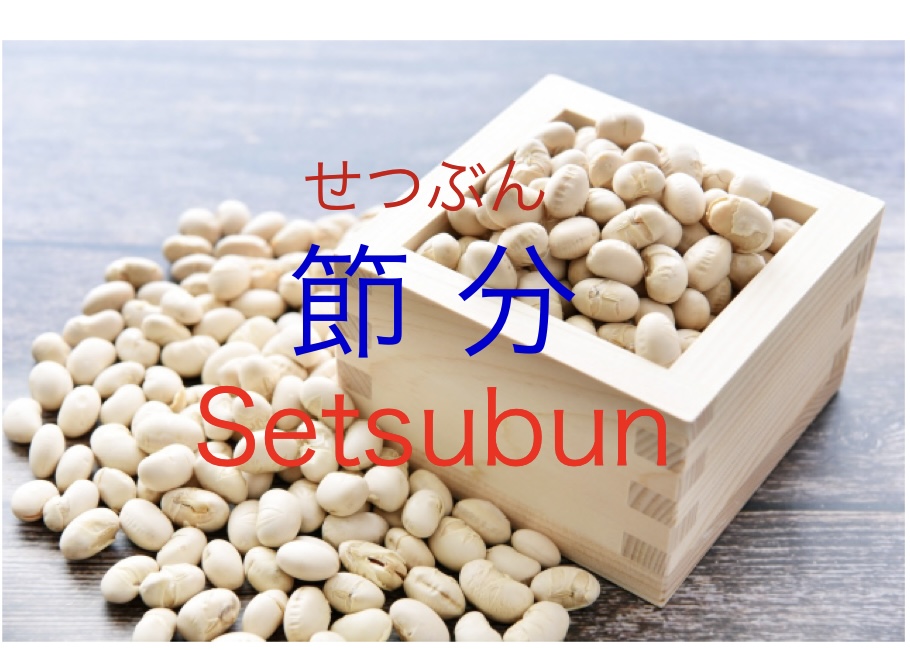
2月3日は、節分ですね。
明日の2023年(令和5年)2月3日は、節分です。

節分とは、季節の分かれめのことです。
日本には、二十四節気という考えがあります。
二十四節気では、春夏秋冬の初めの日を、立春、立夏、立秋、立冬といいます。
そして、それらの前の日を全て節分といっていました。
しかし、現在は、主に立春の前日のことだけを、節分ということが普通です。
2月の節分は、「立春の前日」ですので、2月3日が多いです。
しかし、立春がその年によって変わることがありますので、2月2日になったり、2月4日になったりすることもあります。
4つの節分の中でも、立春前の節分が、特に重んじられるのは、昔の旧暦と季節の考え方が関係しています。
1月を「新春」というように、昔は春が新しい年のはじまりとされていました。旧暦の1月は現在の2月にあたり、新しい年へと切りかわる2月の節分が大切であると考えられたようです。
さらに、立春は、節目のうえでは冬から春へと季節が変わる日です。日本では昔から、季節の変わりめにはいつもと違うことが起こったり、予期せぬ出来事に見舞われたりしやすいとされてきました。節分には、豆まきをすることが多いのも、これらの考え方に関係しています。

節分に行う豆まきは、季節の変わりめに起こりがちな病気や災害を鬼に見立てて、それを追い払う行事です。
日本では、目に見えない病気や災害などの災いを鬼という人に見えるものとして考えてきました。
二十四節気 24 solar termsにすすむ(このブログにあるページ)
Setsubun
Tomorrow, February 3, 2023 is Setsubun.
Setsubun is the division of the seasons.
In Japan, there is the idea of the twenty-four solar terms.
In the twenty-four solar terms, the first days of spring, summer, autumn and winter are called the beginning of spring, the beginning of summer, the beginning of autumn, and the beginning of winter.
And the days before those were all called Setsubun.
However, currently, it is common to call Setsubun mainly for the day before the first day of spring.
Setsubun in February is “the day before the first day of spring,” so it is often celebrated on February 3rd.
However, the start of spring may change from year to year, so it may fall on February 2nd or February 4th.
Among the four Setsubuns, the Setsubun before the beginning of spring is particularly valued because of the old lunar calendar and the way of thinking about the seasons.
In the old days, spring was considered to be the beginning of the new year, as January is called “shinshun.”
January of the lunar calendar corresponds to the current February, and it seems that Setsubun in February, which marks the start of the new year, was considered important.
In addition, Risshun is the day when the season changes from winter to spring on a milestone. Since ancient times, it has been said that when the seasons change, unusual things can happen and unexpected events can easily occur.
The fact that we often throw beans on Setsubun is also related to these ways of thinking.
The bean-throwing event held on Setsubun is an event to ward off illnesses and disasters that tend to occur at the turn of the seasons, like demons.
In Japan, we have considered invisible disasters such as diseases and disasters as demons, which can be seen by humans.




コメント